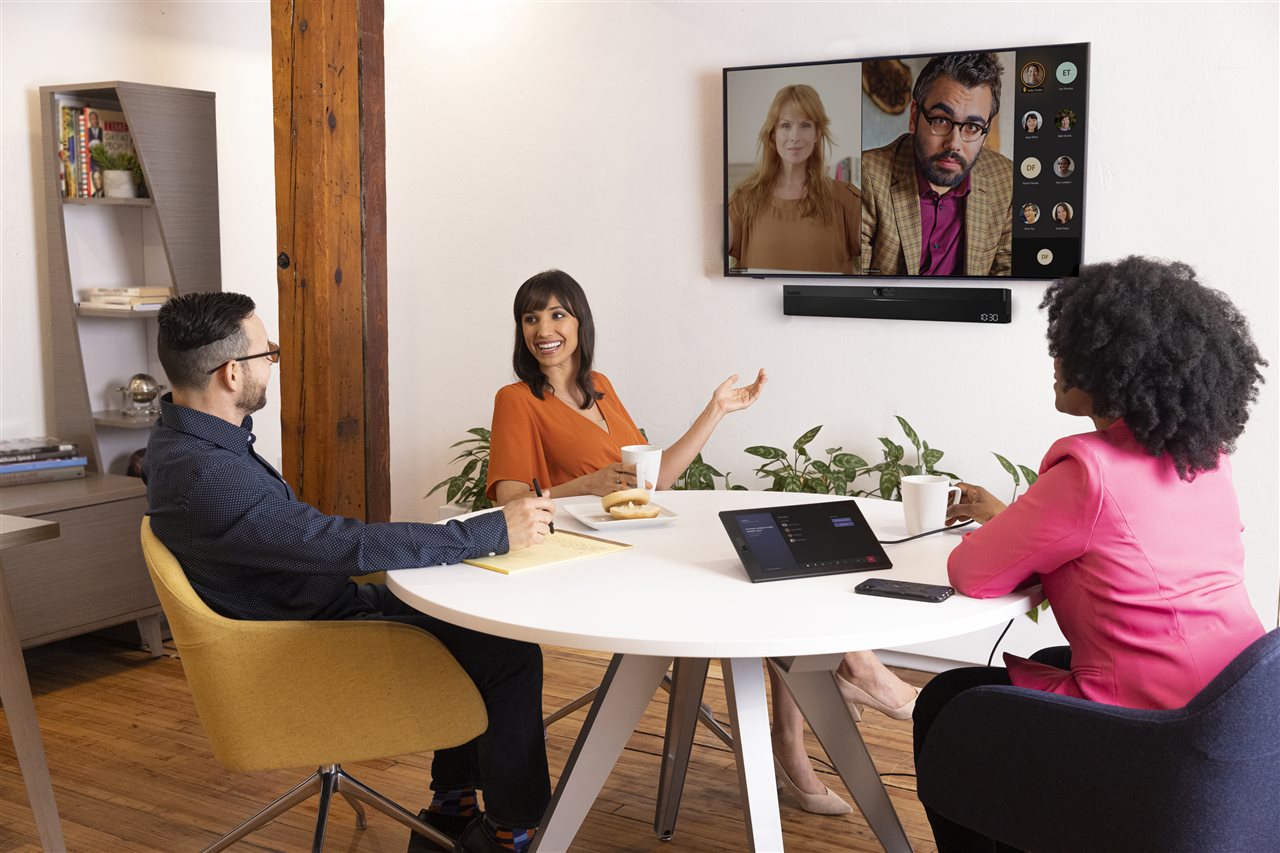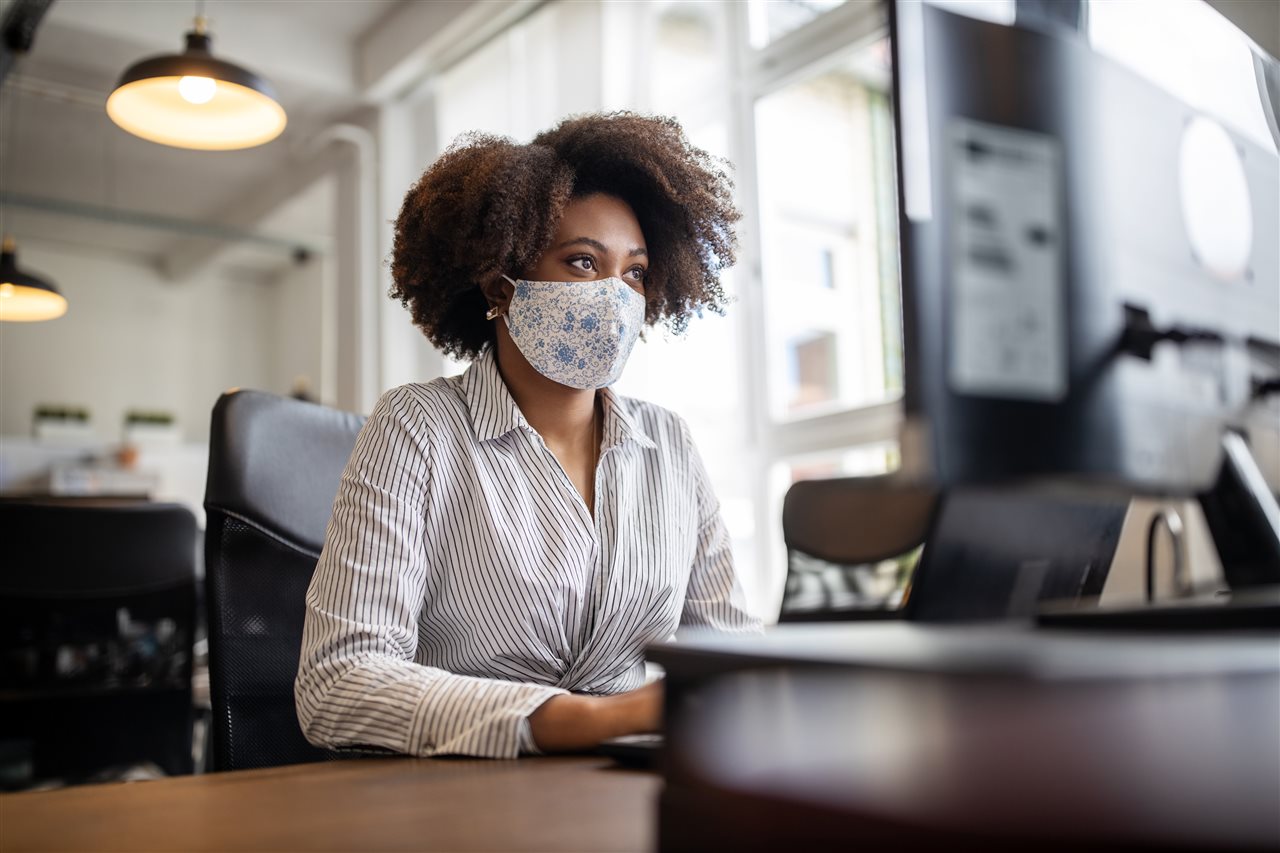According to Forrester, 70% of U.S. and European companies will pivot to a hybrid work model post-pandemic. What’s more, 75% of CEOs expect their office spaces to shrink, so the space that is retained must be intentionally created with hybrid in mind.
How to solve the biggest challenges of a hybrid workforce
Contributed by BrandPoint
(BPT) – Since the onset of the global pandemic there has been a paradigm shift that work is what you do, not where you do it. As workers increasingly return to traditional offices, the need to transform the space into more dynamic and collaborative business centers grows.
According to Forrester, 70% of U.S. and European companies will pivot to a hybrid work model post-pandemic. What’s more, 75% of CEOs expect their office spaces to shrink, so the space that is retained must be intentionally created with hybrid in mind.
“The problem is that while many American employers have embraced this model for their employees, they have not fully implemented collaborative strategies and the necessary technologies that help workers remain productive, creative and inspired in and out of the office setting,” said Shannon MacKay, general manager of WW Smart Collaboration Business Group, Lenovo.
Adopting the right technologies so employees can seamlessly work in the office, at home or elsewhere is key to the success of hybrid work. When done correctly, it can set an organization up for success: According to a recent Lenovo study, a majority (77%) of employees and IT decision-makers believe that productivity and collaboration tools have made or will make their business more efficient in the long run.
When done poorly it can diminish productivity, culture and ultimately, the workforce: According to the Adobe State of Work Report, 32% of workers (nearly a third) have said goodbye to an employer whose tech was a barrier to their ability to do good work — up from 22% pre-COVID.
Hybrid work will require new ways of collaborating to ensure an inclusive environment that attracts and retains top talent. This is particularly important considering in-person meetings will drop from 60% of total enterprise meetings to just 25% by 2024, according to Gartner’s 2021 Digital Worker Experience Survey.
Unfortunately, the Lenovo study shows large enterprises report an average of three unified communication/collaboration applications in use at their companies. This makes collaboration complex and a daily pain point for workers. Not only does this restrict communication, so many of the important interactions between people that build company culture and teams are lost.
“Hearing the live reactions, or impromptu exchanges going on at the end of the table is the difference between feeling like an equal citizen at a hybrid meeting and feeling like a second class one. What about if those microphones can auto-adjust to the positioning of the participants in the room and upweight the sound of those on the right of the room in the right-hand speaker to make it as realistic as possible for those at home too?” said MacKay.
Purpose-built technology like Lenovo’s new ThinkSmart One, the world’s first Windows-based completely integrated collaboration bar, anticipates the continued growth of hybrid meeting spaces as businesses strive to find innovative ways to work together in a distributed workforce. Designed to easily equip small meeting rooms, the bar offers an exceptional audio-visual through eight microphone arrays with echo and noise cancellation, 15-Watt stereo speakers and an integrated high-resolution camera with wide field of view.
There is no one-size-fits-all solution when adjusting to hybrid work. It is critical for IT leaders to reassess their technologies and best practices to ensure all participants have an equal opportunity to collaborate, share ideas and influence decisions. Companies focused on a successful ‘return to work’ plan must implement customizable technologies to make sure their office setup matches their employees’ needs.


